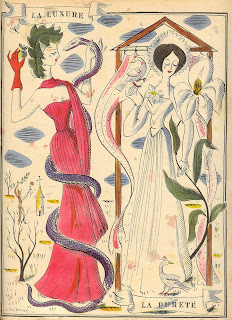
Although first appearing in the late 19th century and worn by sailors, the jacket has retained the hallmarks and characteristics of its original design so that it has become a classic. Originally designed by Navy men to endure the harsh, cold temperatures that many of the men faced on the seas, they have become a classic.
 Pea coats usually navy blue in color are characterized by broad lapels, double-breasted fronts, often large wooden or metal buttons, and vertical or slash pockets and the heavy worsted wools they are constructed from.
Pea coats usually navy blue in color are characterized by broad lapels, double-breasted fronts, often large wooden or metal buttons, and vertical or slash pockets and the heavy worsted wools they are constructed from. I find Navy surplus jackets to be the best and have had the same one for years, alternating buttons, between the original and gold for a more dressy look. I love the original buttons with the recessed anchors. Of course I always (85% of the time) stick to the classic navy blue, however I think other colours work quite well such as beige or grey.
I find Navy surplus jackets to be the best and have had the same one for years, alternating buttons, between the original and gold for a more dressy look. I love the original buttons with the recessed anchors. Of course I always (85% of the time) stick to the classic navy blue, however I think other colours work quite well such as beige or grey.






























































